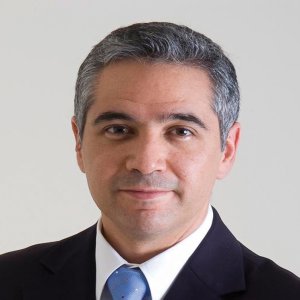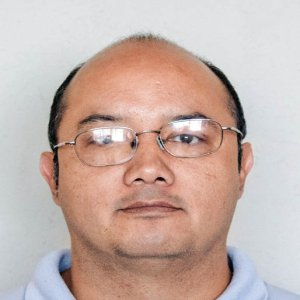Increasing Variety and Capacity Key in Marketplace

STORY INLINE POST
Japanese supplier Aisin ranks as the fifth largest automotive supplier in the world, and today the company’s Mexican operations form an important part of its 20-country presence. With competitors hot on its heels however, Aisin Mexicana’s President Toshio Tanaka explains that one of the company’s main challenges for 2014 will be to stay ahead of the pack. “Compared to just a few years ago, we are facing much more competition in Mexico.” Aisin’s size in itself can sometimes act as a double-edged sword, allowing smaller specialist suppliers to creep up in market share terms in specific products. “Aisin is one of the largest automotive technology manufacturers in the world, but some of our competitors specialize in just a single one of our products, allowing them to have very competitive costs,” says Tanaka. “Some years ago, we were the only producer of these products in Mexico but new OEMs are coming and bringing their suppliers too.”
Sustained and steady competition means that price pressure from customers invariably remains heavy, and Tanaka reasons that while cost reduction requests must be seriously considered if the company wants to stay on top, lowering costs is not a straightforward matter. Tanaka believes that Aisin’s integrated production system has served the company well in enabling it to compete effectively with new incoming suppliers, but the time has come to intensify efforts to stay ahead. Having been in Mexico for 16 years, Aisin is now looking to further localize its current supply base in order to reduce costs and enhance its competitiveness. With 85-90% of general products and almost 100% of aluminum components already sourced within NAFTA, the company’s regional procurement initiatives are very strong, but Tanaka believes that Mexico can produce many of the same materials, helping Aisin to improve localization.
Aisin’s production in Mexico currently focuses on door locks, door checks, and door handles, all of which were produced at the company’s facility in Cienega de Flores, Nuevo Leon. Globally, the company has been increasing its production capacity in emerging markets such as Brazil, India, and China, but it has not yet decided if, where, or when to do so in Mexico. Tanaka explains that the company is currently investigating the expansion of its capacity in Mexico, with a final decision likely to be made by 2015. “Wherever it takes place, the expansion will need to feed variety as well as volume. We have to recognize the growing needs of the Mexican market, and that means producing more kinds of products through increased capacity.” The location of any new production facility will, to a great extent, be decided on the basis of Aisin’s major local clients. The supplier’s flagship customer in Mexico is Toyota, but demand is increasing from fellow Japanese OEMs such as Honda in Celaya and Mazda in Salamanca, as well as North American based players. For now Aisin will monitor demand, with Tanaka saying that “the location will depend on customer needs. If Honda Mexico has a key demand, we might decide to build it in Celaya, but if our US customers are also increasing their demand, we may consider sites in the North.” Mexico’s transportation costs are also a critical factor when it comes to site location. “Our current products are small and therefore we could send them to Celaya at an affordable rate, however Aisin Group produces many parts, and if our customers from Mexico require some bigger products here, we will need to consider a particular location for that also,” says Tanaka.
With plans for more local production and procurement still in the making, Aisin continues to rely heavily on its innovation drive to maintain a competitive edge. Aisin can take up to eight years to introduce new advanced technology for its automotive parts, largely because of the testing required. “Innovations across our product lines focus on reducing size, weight, cost, and component numbers. Systems such as power sliding doors require testing to resist extreme temperature changes and impacts, among other factors. A doorframe unit might be updated every year but advanced parts like this need much longer periods for improvements,” explains Tanaka. For the time being Aisin Mexicana relies on its parent company in Japan for R&D. “We have three global R&D centers based in Japan, China, and the US, and we pay a fee to our Japanese company for the use of their designs and drawings”, explains Tamaka. Whether or not Aisin’s advanced technology development will ever take place in Mexico will to a large extent depend on what its OEM clients do. “It is possible that we might start designing technologies here, but it all depends on our customers. Nissan has a design department in Toluca, but Honda, Mazda, and Toyota have no design presence in Mexico. The big three US OEMs also do not have design departments here,” says Tanaka. The main reasons behind this are practical, as developers from Aisin are accustomed to working closely with their OEMs on technological developments. Aisin has two approaches to design development, the first involving direct development from OEM-provided designs, and the second based on Aisin’s own in-house design. In both cases the design departments of both Aisin and its OEM customer work closely together.



















